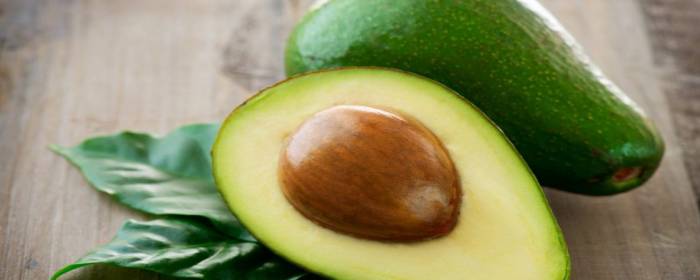Avocados have long been hailed as a food source rich in vital nutrients. Not only is it loaded with almost 20 vitamins, minerals, and phytonutrients, but it also has just 80 calories per serving. Yet, aside from its “superfood” status, could this unique stone fruit hold even more power to boost wellness? Research seems to suggest so.
Phytochemicals in Avocado
According to an article in Advances in Neurobiology, avocados’ high concentration of phytochemicals could play “a pivotal role in the prevention and cure of various neurodegenerative diseases.” Phytochemicals are biologically active compounds found naturally in plant sources, many of which have antioxidants and free radical scavenging effects. Research has also pointed to their ability to improve the functionality of the endothelium or the cells that line the interior of blood vessels. With a host of beneficial properties, they are shown to reduce risks for non-neurodegenerative diseases as well, including cancer, inflammatory conditions, and type 2 diabetes.
How Phytochemicals Benefit Neurodegenerative Diseases
What researchers are now discovering is that in addition to reducing inflammation and attacking free radicals, these phytochemicals also seem to specifically exhibit neuroprotective effects. Overproduction of free radicals can lead to oxidative damage to important biomolecules such as DNA and proteins, which eventually lead to the development of degenerative diseases. Reactive oxygen species resulting from free radical damage can also become active in the brain and neuronal tissue, leading to oxidative stress. Researchers have determined that oxidative stress is a causative agent behind the development of neuronal damage, which is present in neurodegenerative diseases such as Huntington’s disease, Parkinson’s disease, amyotrophic lateral sclerosis (ALS), and Alzheimer’s disease. Interestingly, studies show that the antioxidants found in avocados are unique, and have been shown to reduce neuronal death.
To maximize the benefits of avocados, the Food and Drug Administration (FDA) updated its daily recommended serving to 1/3 of a medium-sized fruit in 2016. This allows consumers to reap significant nutritional benefits from the antioxidative properties of Vitamin C, vitamin E, and other components without ingesting too many calories from fats. The creamy, fiber-rich fruit is often served atop salads, toast, and even enjoyed raw.


 St. Petersburg, Florida
St. Petersburg, Florida
